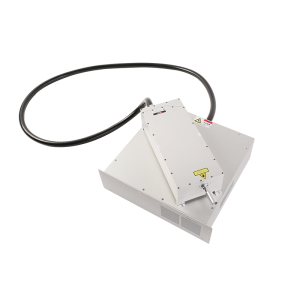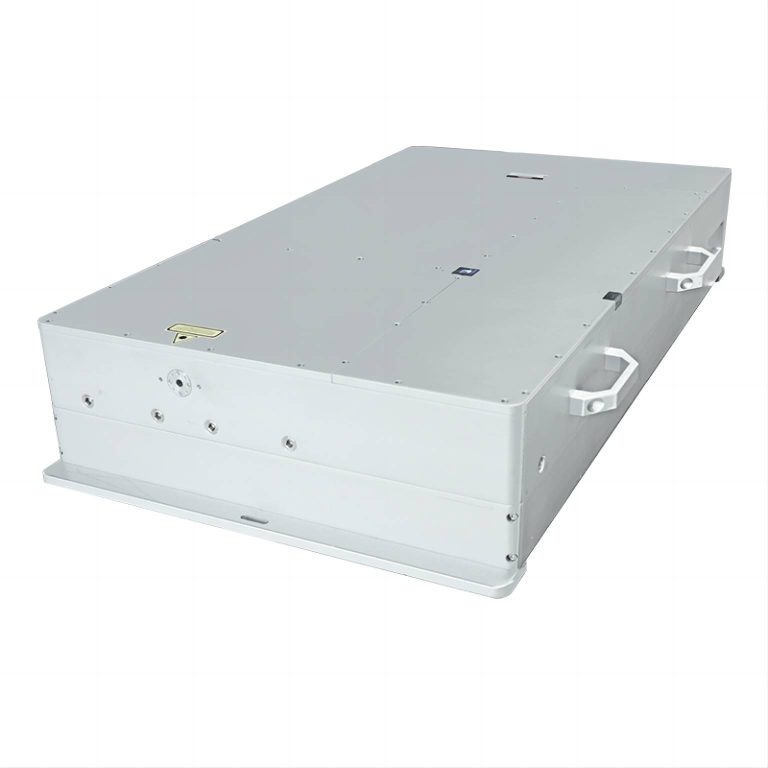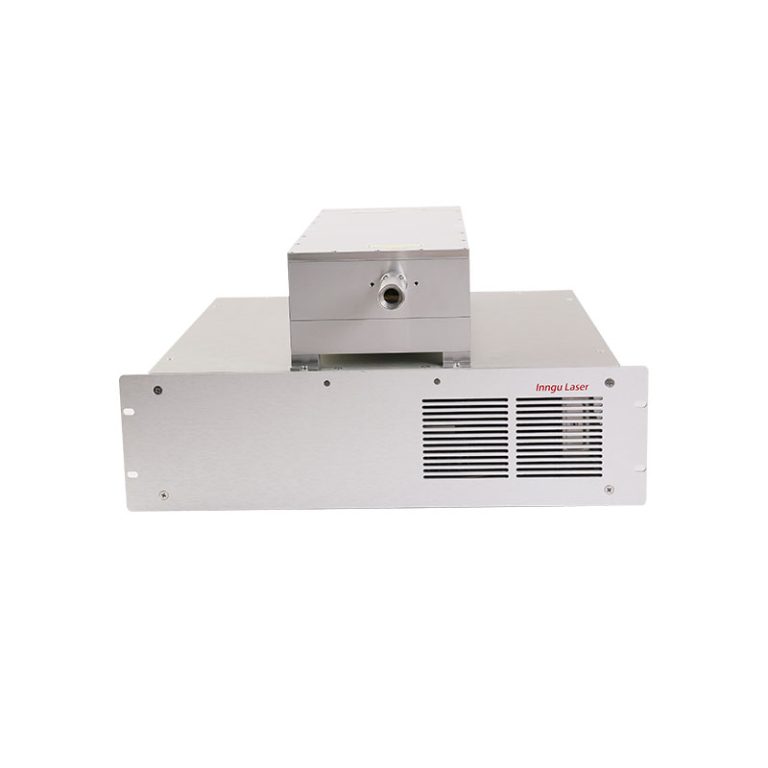The world of lasers has seen significant advancements over the years, and among the impressive array of laser technologies, the 1064nm YAG (Yttrium Aluminum Garnet) Infrared (IR) laser stands out for its diverse applications and promising prospects. In this article, we delve into the innovations, applications, and exciting potential future advancements of the 1064nm YAG IR laser technology.
Understanding the 1064nm YAG IR Laser
The 1064nm YAG IR laser operates at a wavelength of 1064 nanometers, falling within the infrared spectrum. This specific wavelength is highly valued due to its ability to penetrate various materials efficiently while offering precise and controlled energy delivery. The YAG crystal serves as the medium for generating this laser, providing a stable and powerful output crucial for a multitude of applications.
Innovations Driving Current Applications
Medical Applications
One of the most significant areas where the 1064nm YAG IR laser has demonstrated remarkable progress is in the medical field. Its precise wavelength and capability to penetrate tissues have made it invaluable in surgeries, particularly in ophthalmology for procedures like cataract removal and glaucoma treatment. Moreover, dermatologists employ this laser for skin treatments, such as hair removal, tattoo removal, and addressing vascular lesions.
Industrial and Manufacturing Applications
In industries, the 1064nm YAG IR laser finds its utility in materials processing and manufacturing. Its high energy output and precision make it ideal for cutting, welding, and engraving various materials like metals, ceramics, and plastics. This laser technology has significantly contributed to the advancement of microelectronics, enabling precise etching and marking processes critical in semiconductor manufacturing.
Research and Scientific Applications
Scientific research benefits immensely from the 1064nm YAG IR laser due to its ability to manipulate matter at a microscopic level. Its use in spectroscopy, microscopy, and laser-induced breakdown spectroscopy (LIBS) has revolutionized material analysis, enabling researchers to explore new frontiers in chemistry, physics, and biology.

Future Prospects and Emerging Trends
Quantum Technologies
As technology progresses, the 1064nm YAG IR laser is poised to play a pivotal role in quantum technologies. Quantum computing, quantum communication, and quantum sensing could potentially leverage the precise energy delivery and stable output of this laser to achieve significant breakthroughs.
Biomedical Advancements
Continued advancements in medical science are expected with the integration of the 1064nm YAG IR laser in novel medical procedures. Targeted drug delivery systems, non-invasive surgeries, and precise tissue manipulation techniques are some areas where future innovations hold immense promise.
Green and Sustainable Applications
Efforts to make laser technology more environmentally friendly are underway. The 1064nm YAG IR laser, with its potential for high energy efficiency and precise material processing, might become a cornerstone in green manufacturing processes and renewable energy applications.
Advantages of the 1064nm YAG IR laser
- Deep Penetration: The 1064nm wavelength has excellent penetration capabilities, reaching deeper layers of tissue compared to other wavelengths. This property makes it suitable for various medical procedures, including dermatology, ophthalmology, and other surgical applications.
- Minimal Absorption by Melanin: The 1064nm wavelength is less absorbed by melanin, the pigment responsible for skin coloration. This characteristic reduces the risk of causing damage to surrounding skin tissues, making it safer for individuals with darker skin tones.
- Precision and Selectivity: YAG lasers offer precise and selective tissue targeting. They can be used for highly specific procedures due to their ability to focus on particular tissues without affecting surrounding areas significantly.
- Versatility: 1064nm YAG lasers are versatile and can be used for various applications, including dermatology (tattoo removal, hair removal, skin rejuvenation), ophthalmology (treating glaucoma, posterior capsulotomy), and various surgical procedures (such as in dentistry and general surgery).
- Reduced Risk of Thermal Damage: The YAG laser’s specific wavelength and targeting ability help minimize the risk of causing unnecessary thermal damage to adjacent tissues during surgical procedures.
- Coagulation and Hemostasis: The YAG laser’s ability to coagulate and achieve hemostasis (stop bleeding) is advantageous during surgeries, reducing bleeding and improving surgical outcomes.
- Minimal Scarring: The precision of the 1064nm YAG laser allows for precise tissue ablation or modification, often resulting in minimal scarring compared to traditional surgical methods.
- Less Pain and Quicker Recovery: In many cases, procedures performed using YAG lasers can cause less pain and discomfort for patients compared to traditional surgery, leading to faster recovery times.
- Reduced Risk of Infection: Laser procedures often involve less invasive techniques, which can reduce the risk of infection compared to traditional surgical methods.
- Continual Advancements: Ongoing research and technological advancements in laser systems, including the 1064nm YAG laser, continue to improve their efficacy, safety, and applicability across various medical and cosmetic fields.
Conclusion
In conclusion, the 1064nm YAG IR laser stands as a testament to the remarkable advancements in laser technology. Its applications across various fields, from medicine to manufacturing, are a testament to its versatility and potential. As research and development continue to push the boundaries of this technology, the future holds tremendous promise for new applications and breakthroughs that could revolutionize multiple industries.
The journey of the 1064nm YAG IR laser from its inception to its current applications has been remarkable, and the trajectory it follows in the coming years promises innovation, growth, and a transformative impact on numerous sectors worldwide.


